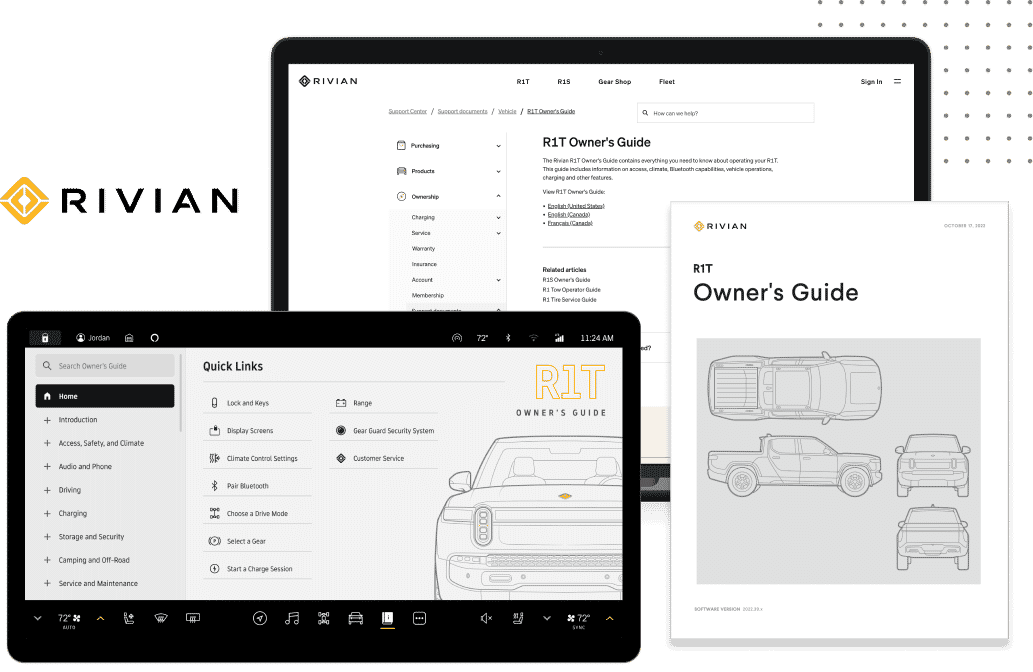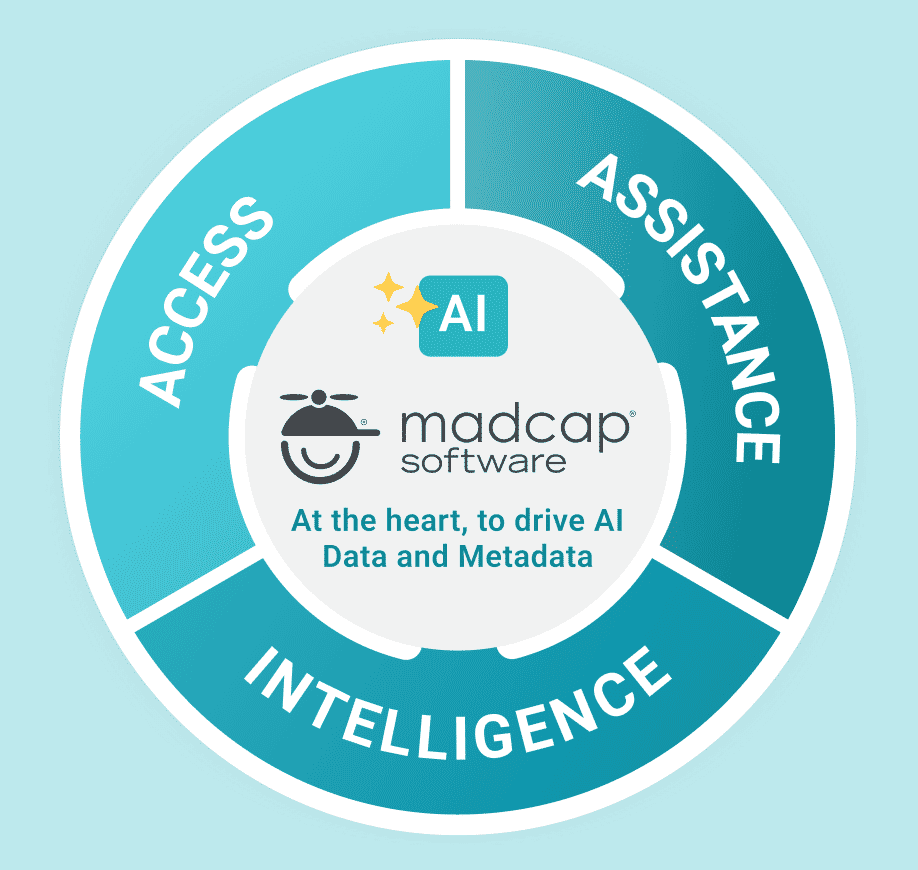Organizations face a critical challenge: transforming compliance training from a mandatory requirement into a strategic asset that drives organizational performance. While traditional approaches to training programs often lead to low engagement and poor retention, forward-thinking organizations are revolutionizing their compliance programs through technology-enabled learning strategies that deliver measurable results.
Effective compliance training programs deliver substantial business value. According to Globalscape's Cost of Compliance report, organizations with a well-structured compliance program save an average of $2.86 million annually in compliance costs compared to those without formal courses or programs. These savings stem from streamlined operations, reduced compliance violations, and more efficient training delivery. However, achieving these results requires a sophisticated approach to content development, delivery, and measurement.
As regulatory requirements become more complex and workforces become increasingly distributed, organizations need training solutions that scale effectively while maintaining consistency and engagement. This guide examines the essential elements of successful compliance training programs, exploring how learning technology can transform required training into a powerful driver of organizational excellence.
Exploring Compliance Program Training
The challenge seems straightforward: ensure employees understand and follow regulatory requirements. Yet, traditional compliance training often falls short, with employees viewing it as a tedious obligation, rather than valuable professional development. According to Gallup research, fewer than one in four employees (23%) who participated in compliance or ethics training rated their experience as "excellent." This stark statistic reveals a critical gap between training delivery and employee engagement, leading to poor retention and implementation of critical compliance concepts.
Today's leading compliance programs are transforming this landscape by shifting focus from passive content consumption to active learning experiences. Organizations are discovering that when training directly connects to employees' daily responsibilities, engagement and retention naturally improve. This approach moves beyond theoretical knowledge to practical application, helping employees understand not just the "what" of compliance requirements and standards but the crucial "why" and "how" that drive lasting behavioral change.

Examples of Successful Compliance Training
The impact of well-designed compliance training becomes clear when examining real-world implementations. Consider how Wells Fargo transformed their training approach by centralizing their content management. By implementing MadCap Create, they streamlined their training development process, while ensuring consistency across all compliance materials. This centralized approach not only improved content quality, but also significantly reduced the time required to update and maintain training materials across the organization.
F5 Networks offers another compelling example of training innovation. Faced with the challenge of maintaining current compliance materials for a rapidly evolving technology landscape, F5 leveraged MadCap Create to develop a more agile approach to content management. Their success stemmed from the ability to quickly update and deploy training materials across multiple channels while maintaining strict version control and consistency.
In the food service industry, Whataburger demonstrates how effective compliance training can scale across a large organization. Using MadCap Create's capabilities, they developed a comprehensive course that covers food safety compliance, workplace safety, and operational standards. The key to their success was the ability to deliver consistent training materials across hundreds of locations, while maintaining the flexibility to update content quickly in response to changing regulations.

Best Practices in Compliance Training
The success stories of Wells Fargo, F5 Networks, and Whataburger reveal a common thread: effective compliance training requires strategic implementation backed by robust technology. Their experiences have helped shape industry best practices that organizations can adopt to enhance their own compliance programs and courses.
Drawing from these implementations, successful organizations consistently demonstrate several key approaches:
Align Learning Objectives with Business Goals
- Establish clear connections between compliance requirements and organizational success
- Connect training content directly to job responsibilities and workflow
- Help employees understand the 'why' behind compliance requirements
- Map compliance objectives to measurable business outcomes
Implement Microlearning Approaches
- Break complex compliance topics into manageable segments
- Deliver focused content throughout the year instead of annual sessions
- Enable flexible content distribution through MadCap Create
- Integrate blended learning strategies naturally into existing workflow patterns
Develop Role-Specific Scenarios
- Create contextual learning experiences for different departments
- Tailor content for various organizational levels
- Design realistic scenarios that reflect daily challenges
- Build practical exercises based on common compliance situations
Establish Continuous Learning Paths
- Implement regular knowledge checks and assessments
- Provide just-in-time learning resources
- Maintain quick reference guides for daily use
- Schedule strategic refresher modules for key topics
Essential Compliance Training Materials
Well-crafted training materials form the foundation of any successful compliance course. Yet many organizations struggle with static content that fails to resonate with their workforce. The solution lies in developing dynamic, accessible materials that adapt to evolving regulatory requirements and standards while maintaining engagement.
Effective training materials share several key characteristics. Interactive guides help break down complex ethics regulations into digestible, practical content that resonates with employees. Scenario-based training brings compliance procedures to life through real-world contexts, making abstract concepts concrete and applicable. Additionally, maintaining consistency across all reference materials and training modules ensures that employees receive clear, unified guidance regardless of their role or location.
Developing Engaging Compliance Training Content
Creating compelling compliance content presents a unique challenge: how do you make required material engaging without compromising its serious nature? Understanding how to create online training content ensures that compliance programs resonate with employees and drive real-world applications. Success in this area stems from focusing on practical application and real-world relevance.
Leading organizations achieve this by developing immersive learning experiences that incorporate diverse multimedia elements, addressing various learning preferences and maintaining attention. Advanced authoring tools enable the creation of decision-based learning paths, where employees can safely practice compliance decisions in realistic scenarios. This approach transforms theoretical knowledge into practical skills, helping employees understand how compliance principles apply in their daily work.

Assessing Training Impact
Meaningful measurement extends beyond completion rates to focus on behavioral change and risk reduction. Organizations need comprehensive metrics that demonstrate real impact on compliance effectiveness and operational efficiency.
A robust assessment strategy typically includes several key components. Pre and post-training knowledge checks help measure initial understanding and retention. Behavioral indicators track how well employees apply compliance principles in their daily work. Regular compliance audits provide insights into program effectiveness, while structured feedback mechanisms capture valuable learner insights that drive continuous improvement.
Transform Your Compliance Training with MadCap Create
In today's complex regulatory environment, successful training programs demand more than just content delivery. It requires a strategic platform that evolves with your organization's needs. A robust Learning Content Management System (LCMS) serves as the cornerstone for this transformation, enabling organizations to build, maintain, and measure the effectiveness of their compliance programs.
MadCap Create, a content-authoring software, is at the forefront of this evolution, offering comprehensive solutions that address core compliance training challenges. The platform provides centralized content management, ensures consistency across all channels, and allows swift updates as regulatory requirements change. With built-in analytics and seamless integration capabilities, organizations can track program effectiveness and scale their training ecosystem as needs grow.
Through our workforce learning development solutions, organizations transform compliance training from a regulatory requirement into a strategic advantage. Ready to revolutionize your program? Contact us to discover how MadCap Create can help you build a stronger culture of compliance while driving organizational excellence.
With the right tools, compliance training becomes more than a box to check—it becomes a catalyst for employee engagement, trust, and long-term business success. See how MadCap Software can help you transform compliance into a competitive advantage. Request a demo today.







